It was said that from the moment the Jungman sisters escaped the nursery, they were determined to enjoy life . Their joie de vivre found an outlet in treasure hunts, the first one taking place in 1923. This was a game devised by the sisters, originally involving eight girls. They pursued designated 'trophies' all over London, four couples competing. While the youngsters thought that they were simply having fun, the older generation was shocked to the core. . Their joie de vivre found an outlet in treasure hunts, the first one taking place in 1923. This was a game devised by the sisters, originally involving eight girls. They pursued designated 'trophies' all over London, four couples competing. While the youngsters thought that they were simply having fun, the older generation was shocked to the core.
One prank involved persuading Lord Beaverbrook to print a mock version of the Evening Standard with fake headlines and concealed clues. Eventually, treasure hunts became too popular, with Rolls-Royces jostling one another in small mewses and competitors fighting for the clues. They stopped them, though Elsa Maxwell later took up a version of them with some success.
One night Zita and Lady Eleanor Smith hid in the Chamber of Horrors at Madame Tussaud's for a bet, to see if they could get through the night. They moved the waxworks of the Princes in the Tower from their bed in order to sleep there. They were considerably relieved when a night watchman found them and they could end their vigil.Chamber of Horrors at Madame Tussaud's
The sisters kept diaries. Zita's were filled with references to 'screaming' with laughter. In later life, she commented: 'We were all so over-excited. We were all talking about ourselves always.'
Teresa’s mother liked to entertain, and she mixed actresses with society people, which was unusual at the time. She could be stern, and once obliged an embarrassed Teresa to attempt a solo Charleston in the presence of a male admirer. Despite this, Loelia Ponsonby (later Duchess of Westminster) thought Teresa and Zita 'gloriously emancipated'.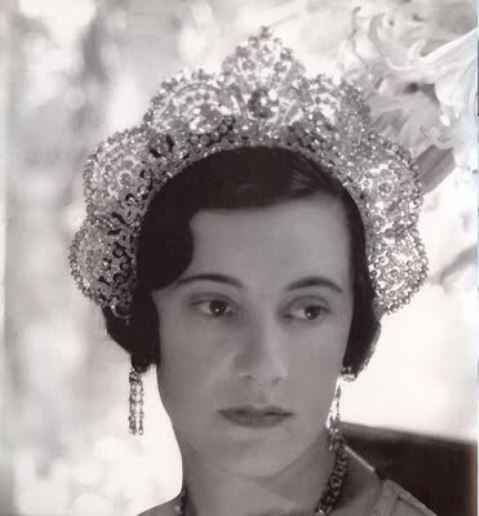 |
At a party given by their mother in 1926, Cecil Beaton recalled tables groaning with caviar, oysters, paté, turkeys, kidneys and bacon, hot lobsters and meringues; the guests included Ivor Novello,  Gladys Cooper, Tallulah Bankhead and Oliver Messel. Cecil Beaton was surprised that the sisters seemed to take their party for granted. They rushed about, having a good time, 'not looking at all excited at having such a glorious party.' In the early 1920s they teamed up with Lady Eleanor Smith, Loelia Ponsonby, Enid Raphael and others to become the 'Bright Young People', with their bottle parties, charades, and treasure hunts. Gladys Cooper, Tallulah Bankhead and Oliver Messel. Cecil Beaton was surprised that the sisters seemed to take their party for granted. They rushed about, having a good time, 'not looking at all excited at having such a glorious party.' In the early 1920s they teamed up with Lady Eleanor Smith, Loelia Ponsonby, Enid Raphael and others to become the 'Bright Young People', with their bottle parties, charades, and treasure hunts.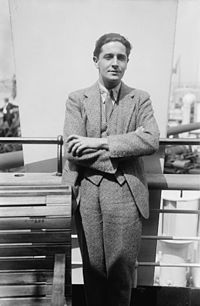
When Beaton broke into this rarefied world in late 1926, the group found a photographer who could encapsulate them in romantic poses and publish the results in Vogue.
On one memorable occasion, Teresa pretended to be a newspaper reporter from a non-existent paper and interviewedBeverley Nichols at Claridge’s, while Zita and Lady Eleanor Smith hid under a table.
As early as 1923 Teresa was involved in a prank, dressing up as a Russian refugee called 'Madame Anna Vorolsky'. She adorned herself in a black wig, Woolworth pearls and her mother’s mink coat, looking, in the words of Eleanor Smith, like 'a mixture of Pola Negri and Anna Sten'. Further armed with a casket of jewels from her mother’s Rolls-Royce, Teresa went about pretending that she had to sell the jewels to educate 'my little boy', spicing this with grim descriptions of the Red Terror. Beverley Nichols was again taken in, as was the 9th Duke of Marlborough, who some years later became one of Teresa’s suitors.
She attended a garden party in the guise of Madame Vorolsky, with two Borzois in tow, and on meeting a distinguished general and his wife, told him that she would never forget the night she had spent with him in Paris. The general replied, somewhat sternly, that he had only spent one night in Paris during the war. 'Zat' said Teresa 'was zee night.'
In the 1920s the two sisters lived similar lives. They were invited to the great houses of the day – to the Desboroughs at Taplow Court, and the Salisburys at Hatfield. Both eventually married. 
| Rex Whistler, Cecil Beaton, Georgia Sitwell, William Walton, Stephen Tennant, Teresa Jungman, and Zita Jungman. Photographed by Cecil Beaton (1927 or so). |
|
|
|
|
|
|
Zita hoped to find a sympathetic confidant in Sachie, but was disappointed to find him too flippantly social. Nevertheless a Platonic friendship lasted between them for some years, not without jealousy from Georgia, who tried to promote a romance with Sachie's brother, Osbert, but he unfortunately soon settled down with David Horner. Sachie was terrified that Zita might tumble into a dreary marital alliance. Annoyed with Georgia in 1928, he wrote to her: 'My balmgiver, my golden tree, shake your curled hair ceaselessly …' Then Mario Panza arrived on the scene, but rather than marry him, she married Arthur James, a Yorkshireman and the maternal grandson of the 4th Duke of Wellington.
Zita was married on 29 January 1929, but the marriage was ill-fated from the start. Her mother and sister appeared on the honeymoon, which began at Leeds Castle, as later did William Walton (the composer) and Sachie Sitwell, convinced that she would soon tire of marriage to James, whom he deemed a dense man of little interest. He was right. She did not take to Yorkshire life. They were divorced in 1932.
Teresa's fair-haired beauty likewise attracted numerous admirers, amongst themLord Margesson, the Conservative Chief Whip, Lord Ebury, of the older generation, Lord David Cecil, 'Bloggs' Baldwin (son of the Prime Minister) and Frank Pakenham, later 7th Earl of Longford (and father of Lady Antonia Fraser). |
Teresa was, however, very strict in her adherence to the Roman Catholic faith. Lord Longford was convinced that none of her admirers 'got anywhere with her sexually', and described her as 'more like a nun, like a very friendly and fascinating nun', he conceded.
Her best-known suitor was Evelyn Waugh, who met her after his devastating separation from his first wife. But he never had a chance with her, since he had not then obtained his annulment, and therefore could not marry her. Waugh toldLady Diana Cooper that if he held Teresa’s hand for a while, a little warmth came into it; the moment he released the hand it went cold again. |
Waugh first met Teresa in 1930, and was deeply attracted to her — she, however, found him physically unattractive. She later claimed that she loved him, but was not in love with him. She wrote to him: 'It is hard to believe that you can’t see me without wanting to have an affair with me', and then, rather tantalisingly: 'If you weren’t married, you see, it would be different because I might or I might not want to marry you but I wouldn’t be quite sure'.
In 1933, when Waugh thought that he was about to be free from his marriage, he proposed to Teresa, but was turned down flat. As he recorded: 'Was elated and popped question to Dutch girl [as he often called her] and got raspberry. So that is that, eh'. Some have suggested that Teresa might have inspired the heroine of Brideshead Revisited,Lady Julia Flyte. In facetious mood, Waugh claimed that every character in Work Suspended was based on her.
Finally, in 1940, she married Graham Cuthbertson, a Scot who had been educated at Wellington and was then serving in a Canadian regiment. He arrived in Britain as a sergeant-major sporting a walrus moustache, and, to the horror of all Teresa’s old suitors, swept her off her feet. Lord Longford recalled that he and his friends thought him a bounder: 'He obviously had plenty of sexuality. Perhaps it needed someone like that to overcome Baby’s chasteness, which possibly he did not even notice.' |
|
|
|
|
|
|
|
|
|
|
|
|
|
|
|
|
|
|
|
|
 gucci
gucci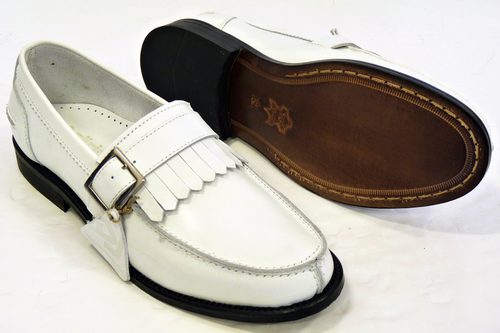 delicious junction
delicious junction delicious junction
delicious junction
 her is alfred sargents slant
her is alfred sargents slant gucci
gucci delicious junction
delicious junction delicious junction
delicious junction
 her is alfred sargents slant
her is alfred sargents slant was born in Eltham, Kent, the son of Henry and Helen Frances Mary Whistler.
was born in Eltham, Kent, the son of Henry and Helen Frances Mary Whistler.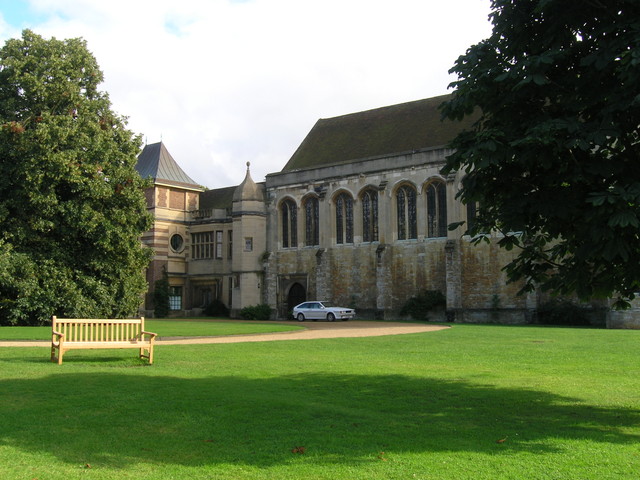 He was sent to board at Haileybury
He was sent to board at Haileybury 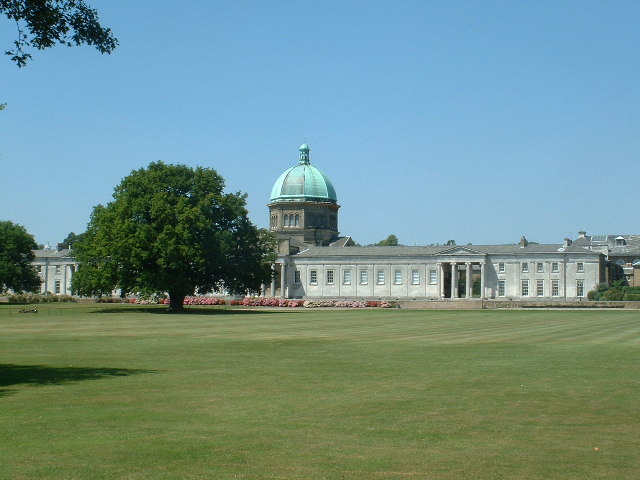 in May 1919 where he showed a precocious talent for art, providing set designs for play productions and giving away sketches to prefects in lieu of "dates" (a punishment at
in May 1919 where he showed a precocious talent for art, providing set designs for play productions and giving away sketches to prefects in lieu of "dates" (a punishment at  Haileybury, similar to "lines" whereby offenders are required to write out set lists of historical dates).
Haileybury, similar to "lines" whereby offenders are required to write out set lists of historical dates).
 He then proceeded to study at the Slade School of Art where he met The Honourable Stephen Tennant, soon to become one of his best friends and a model for some of the figures in his works.
He then proceeded to study at the Slade School of Art where he met The Honourable Stephen Tennant, soon to become one of his best friends and a model for some of the figures in his works. 
 Regent Awakening the Spirit of Brighton", 1944. This hangs upstairs in the Royal Pavilion and was the centre piece of a major exhibition in Brighton Art Gallery in 2006, "Rex Whistler: The Triumph of Fancy". It was originally painted on the wall of a house in Preston Park Avenue where Rex Whistler was stationed during WW2.
Regent Awakening the Spirit of Brighton", 1944. This hangs upstairs in the Royal Pavilion and was the centre piece of a major exhibition in Brighton Art Gallery in 2006, "Rex Whistler: The Triumph of Fancy". It was originally painted on the wall of a house in Preston Park Avenue where Rex Whistler was stationed during WW2.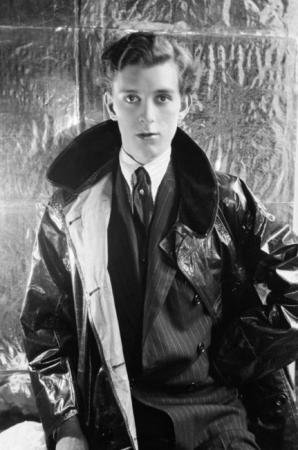
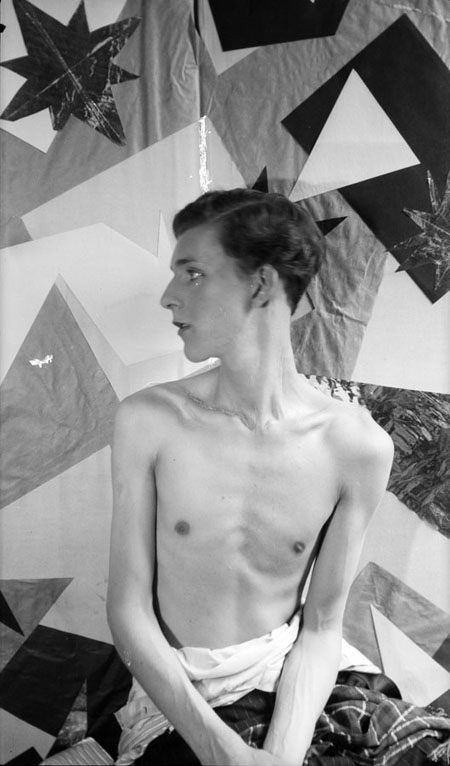 soldier.Sassoon, Decorated for bravery on the Western Front, became one of the leading
soldier.Sassoon, Decorated for bravery on the Western Front, became one of the leading 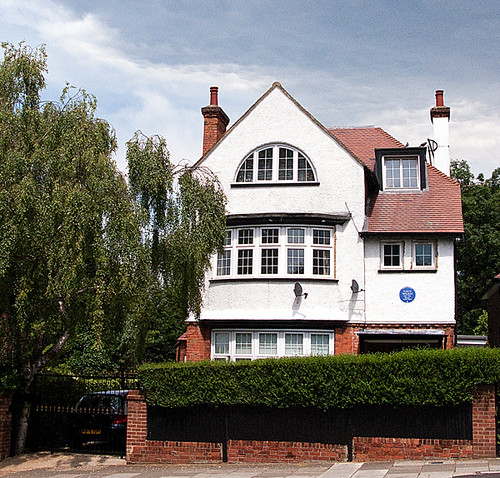 poets of the First World War. His poetry both described the horrors of the trenches, and satirised the patriotic pretensions of those who, in Sassoon's view, were responsible for a
poets of the First World War. His poetry both described the horrors of the trenches, and satirised the patriotic pretensions of those who, in Sassoon's view, were responsible for a 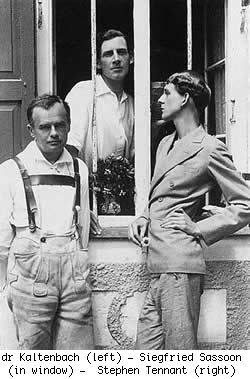 vainglorious war.Another person Whistler knew was Evelyn waugh I n 1907 the Waugh family left Hillfield Road for "Underhill", "Underhill" a house which Arthur Waugh the father had had built in Golders Green, then a semi-rural area of dairy farms, market gardens and bluebell woods.Evelyn received his first lessons at
vainglorious war.Another person Whistler knew was Evelyn waugh I n 1907 the Waugh family left Hillfield Road for "Underhill", "Underhill" a house which Arthur Waugh the father had had built in Golders Green, then a semi-rural area of dairy farms, market gardens and bluebell woods.Evelyn received his first lessons at 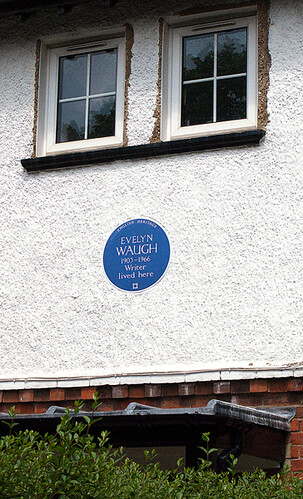 home from his mother, with whom he formed a particularly close relationship—Arthur Waugh was a more distant figure, whose bond with his elder son Alec was such that Evelyn often felt excluded. In September 1910 Evelyn began as a day pupil at Heath Mount
home from his mother, with whom he formed a particularly close relationship—Arthur Waugh was a more distant figure, whose bond with his elder son Alec was such that Evelyn often felt excluded. In September 1910 Evelyn began as a day pupil at Heath Mount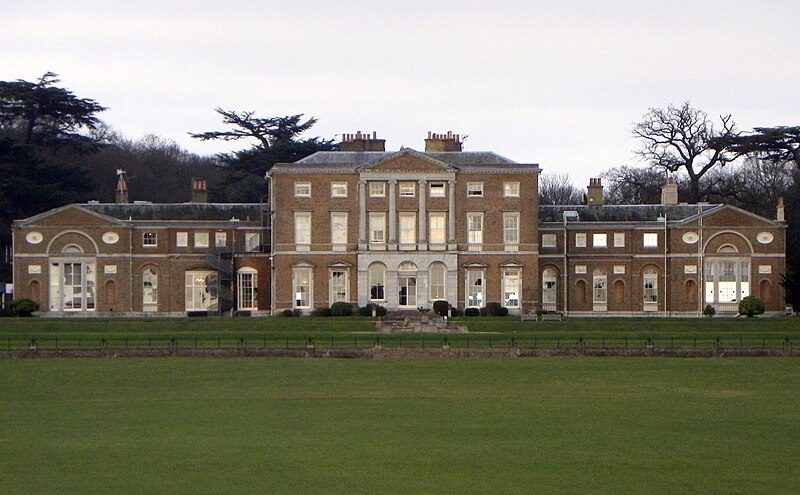 preparatory school. . Waugh on his own assertion he was "quite a clever little boy", who was seldom distressed or overawed by his lessons.
preparatory school. . Waugh on his own assertion he was "quite a clever little boy", who was seldom distressed or overawed by his lessons. future society photographer Cecil Beaton, who never forgot the experience.Waugh was a bully with others he saw in weaker positions than himself, such as waiters, he found it difficult toactually get into eateries..
future society photographer Cecil Beaton, who never forgot the experience.Waugh was a bully with others he saw in weaker positions than himself, such as waiters, he found it difficult toactually get into eateries..
 makeshift uniforms. After the First World War broke out in 1914, Waugh and other boys from Heath Mount's Boy Scout troop were sometimes employed at the War Office as messengers.
makeshift uniforms. After the First World War broke out in 1914, Waugh and other boys from Heath Mount's Boy Scout troop were sometimes employed at the War Office as messengers. He hung about in the corridors hoping to get a glimpse of Lord Kitchener,
He hung about in the corridors hoping to get a glimpse of Lord Kitchener, but never did. Family holidays were usually spent with the Waugh aunts at Midsomer Norton, in a house lit by oil lamps that Waugh recalled with delight many years later.
but never did. Family holidays were usually spent with the Waugh aunts at Midsomer Norton, in a house lit by oil lamps that Waugh recalled with delight many years later. At Midsomer Norton he became deeply interested in high Anglican church rituals—the first stirrings of the spiritual dimension that would later dominate his life—and served as an altar boy at the local Anglican church.The term "High Church" refers to beliefs and practices of ecclesiology, liturgy and theology, generally with an emphasis on formality, and resistance to "modernization." Although used in connection with various Christian traditions, the term has traditionally been principally associated with the Anglican tradition.(below whistlers beaton)
At Midsomer Norton he became deeply interested in high Anglican church rituals—the first stirrings of the spiritual dimension that would later dominate his life—and served as an altar boy at the local Anglican church.The term "High Church" refers to beliefs and practices of ecclesiology, liturgy and theology, generally with an emphasis on formality, and resistance to "modernization." Although used in connection with various Christian traditions, the term has traditionally been principally associated with the Anglican tradition.(below whistlers beaton)
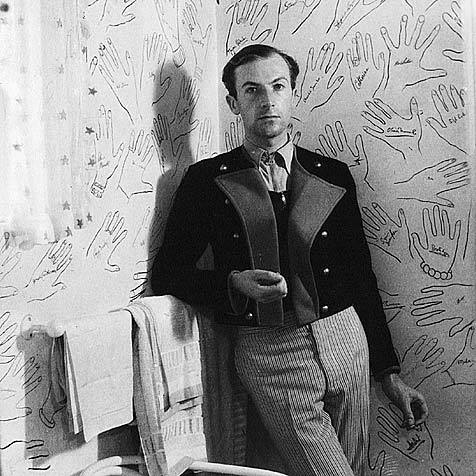 During his last year at Heath Mount Waugh devised and edited a school magazine, The Cynic.Alec Waugh, like his father, had gone to school at Sherborne, and it was assumed that Evelyn would follow. However, in 1915 Alec was asked to leave, after a homosexual relationship came to light.
During his last year at Heath Mount Waugh devised and edited a school magazine, The Cynic.Alec Waugh, like his father, had gone to school at Sherborne, and it was assumed that Evelyn would follow. However, in 1915 Alec was asked to leave, after a homosexual relationship came to light. He departed for military training, and while waiting for his commission to be confirmed wrote a novel of school life, The Loom of Youth, which was published by Chapman and Hall.
He departed for military training, and while waiting for his commission to be confirmed wrote a novel of school life, The Loom of Youth, which was published by Chapman and Hall. Would Evelyn and Alastair Graham his lover have been quite as warm with each other at the back porch of Underhill as Evelyn and John Greenidge (playing the Prince of Wales in The Scarlet Woman) are in the film? I think they would have been. But who is that lurking in the background? Could it be Arthur Waugh, Evelyn’s father? If so, he may be observing to himself that it wasn’t just Alec, his favourite son, who was gay, but both his talented children.
Would Evelyn and Alastair Graham his lover have been quite as warm with each other at the back porch of Underhill as Evelyn and John Greenidge (playing the Prince of Wales in The Scarlet Woman) are in the film? I think they would have been. But who is that lurking in the background? Could it be Arthur Waugh, Evelyn’s father? If so, he may be observing to himself that it wasn’t just Alec, his favourite son, who was gay, but both his talented children. T
T





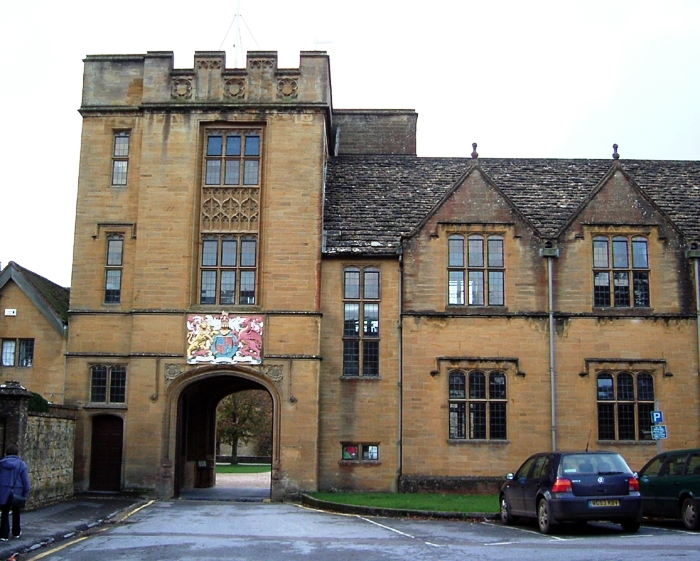 Sherborne School and New College, Oxford,
Sherborne School and New College, Oxford, Arthur Waugh began a career in publishing and as a literary critic. In 1902 he became managing director of Chapman and Hall, publishers of the works of Charles Dickens.[ He had married Catherine Raban (1870–1954) in 1893; their first son Alexander Raban Waugh
Arthur Waugh began a career in publishing and as a literary critic. In 1902 he became managing director of Chapman and Hall, publishers of the works of Charles Dickens.[ He had married Catherine Raban (1870–1954) in 1893; their first son Alexander Raban Waugh  (always known as Alec) was born on 8 July 1898. Alec Waugh later became a novelist of note. At the time of his birth the family were living in
(always known as Alec) was born on 8 July 1898. Alec Waugh later became a novelist of note. At the time of his birth the family were living in  where, on 28 October 1903,Waugh was born. HE arrived in Oxford in January 1922. He was soon writing to old friends at Lancing about the pleasures of his new life; he informed Tom Driberg:
where, on 28 October 1903,Waugh was born. HE arrived in Oxford in January 1922. He was soon writing to old friends at Lancing about the pleasures of his new life; he informed Tom Driberg: "I do no work here and never go to Chapel". During his first two terms he generally followed convention;
"I do no work here and never go to Chapel". During his first two terms he generally followed convention; 
 beginning in January 1925. He took with him the notes for his novel, The Temple at Thatch, intending to work on it in his spare time. Despite the gloomy ambience of the school, Waugh did his best to fulfil the requirements of his position, but a brief return to London and Oxford during the Easter vacation only exacerbated his sense of isolation.(Stephen tennant one of the bright young things see new post)
beginning in January 1925. He took with him the notes for his novel, The Temple at Thatch, intending to work on it in his spare time. Despite the gloomy ambience of the school, Waugh did his best to fulfil the requirements of his position, but a brief return to London and Oxford during the Easter vacation only exacerbated his sense of isolation.(Stephen tennant one of the bright young things see new post)
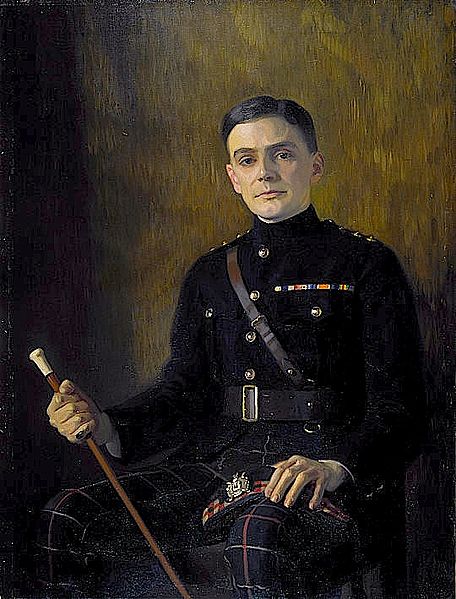 who was engaged on the English translations of Proust's works. Believing that the job was his, Waugh resigned his position at Arnold House. He had meantime sent the early chapters of his novel to Acton for assessment and criticism.
who was engaged on the English translations of Proust's works. Believing that the job was his, Waugh resigned his position at Arnold House. He had meantime sent the early chapters of his novel to Acton for assessment and criticism.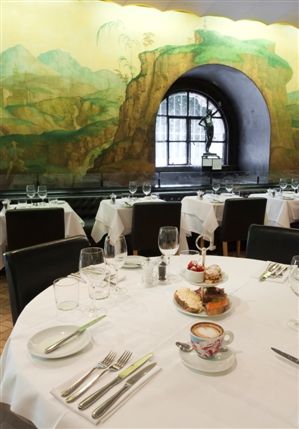 Acton's reply was coolly dismissive, so that Waugh immediately burnt his manuscript; shortly afterwards, before he had left North Wales, he received the news that the Moncrieff job had fallen through.These twin blows were sufficient for him to consider suicide. He records that he went down to a nearby beach and, leaving a note with his clothes, walked out to sea. An attack by jellyfish changed his mind, and he returned quickly to the shore.
Acton's reply was coolly dismissive, so that Waugh immediately burnt his manuscript; shortly afterwards, before he had left North Wales, he received the news that the Moncrieff job had fallen through.These twin blows were sufficient for him to consider suicide. He records that he went down to a nearby beach and, leaving a note with his clothes, walked out to sea. An attack by jellyfish changed his mind, and he returned quickly to the shore. (from which he was dismissed for the attempted drunken seduction of a school matron) and Notting Hill, but as a homosexual this might well not have been the case and he may have got out of it easier than the whole truth but who know something more (below Whistler drawing)
(from which he was dismissed for the attempted drunken seduction of a school matron) and Notting Hill, but as a homosexual this might well not have been the case and he may have got out of it easier than the whole truth but who know something more (below Whistler drawing)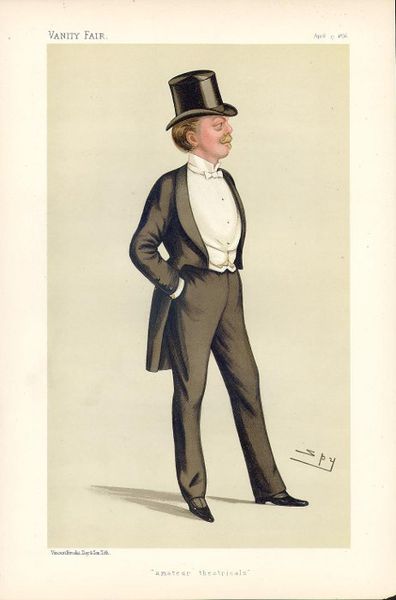 In December 1927 Waugh and Evelyn Gardner became engaged, despite the opposition of Lady Burghclere who felt that Waugh lacked moral fibre and kept unsuitable company. Among their friends they quickly became known as "He-Evelyn" and "She-Evelyn". Less pleasing to Waugh was the Times Literary Supplement's references to him as "Miss Waugh".h
In December 1927 Waugh and Evelyn Gardner became engaged, despite the opposition of Lady Burghclere who felt that Waugh lacked moral fibre and kept unsuitable company. Among their friends they quickly became known as "He-Evelyn" and "She-Evelyn". Less pleasing to Waugh was the Times Literary Supplement's references to him as "Miss Waugh".h
 Waugh, on the basis of his earlier visit, considered Abyssinia "a savage place which Mussolini was doing well to tame", according to his fellow-reporter William Deedes. Waugh saw little action, and was not wholly serious in his role as a war correspondent. Deedes remarks on the older writer's snobbery: "None of us quite measured up to the company he liked to keep back at home".However, in the face of imminent Italian air attacks, Deedes found Waugh's courage "deeply reassuring". Waugh wrote up his Abyssinian experiences in a book, Waugh in Abyssinia(1936), which Rose Macaulay dismissed as a "fascist tract" on account of its pro-Italian tone.A better-known account is his novel Scoop (1938), in which the protagonist, William Boot, is loosely based on Deedes.Macaulay began writing her first novel, Abbots Verney (published 1906), after leaving Somerville and while living with her parents at Ty Isaf, near Aberystwyth, in Wales. Later novels include The Lee Shore (1912), Potterism (1920), Dangerous Ages (1921), Told by an Idiot (1923), And No Man's Wit (1940), The World My
Waugh, on the basis of his earlier visit, considered Abyssinia "a savage place which Mussolini was doing well to tame", according to his fellow-reporter William Deedes. Waugh saw little action, and was not wholly serious in his role as a war correspondent. Deedes remarks on the older writer's snobbery: "None of us quite measured up to the company he liked to keep back at home".However, in the face of imminent Italian air attacks, Deedes found Waugh's courage "deeply reassuring". Waugh wrote up his Abyssinian experiences in a book, Waugh in Abyssinia(1936), which Rose Macaulay dismissed as a "fascist tract" on account of its pro-Italian tone.A better-known account is his novel Scoop (1938), in which the protagonist, William Boot, is loosely based on Deedes.Macaulay began writing her first novel, Abbots Verney (published 1906), after leaving Somerville and while living with her parents at Ty Isaf, near Aberystwyth, in Wales. Later novels include The Lee Shore (1912), Potterism (1920), Dangerous Ages (1921), Told by an Idiot (1923), And No Man's Wit (1940), The World My 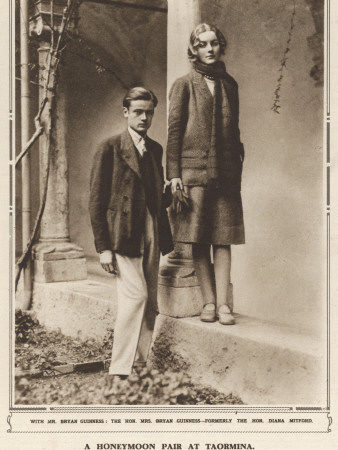
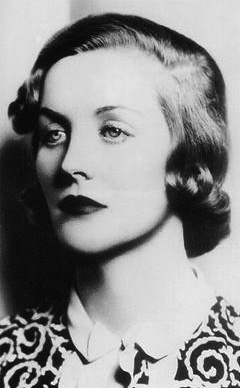 and Bryan Guinness (dedicatees of Vile Bodies), Lady Diana Cooper and her husband Duff Cooper,Nancy Mitford
and Bryan Guinness (dedicatees of Vile Bodies), Lady Diana Cooper and her husband Duff Cooper,Nancy Mitford DiDi
DiDi took place at the home of Joseph Goebbels, with Adolf Hitler as guest of honour. Subsequently her involvement with right-wing political causes resulted in three years' internment during the Second World War. She later moved to Paris and enjoyed some success as a writer.She caused controversy when she appeared on Desert Island Discs in 1989.Family friend, James Lees-Milne wrote of her beauty; "She was the nearest thing to Botticelli's Venus that I have ever seen.Diana Mitford was the daughter of David Bertram Ogilvy Freeman-Mitford, 2nd Baron Redesdale (1878–1958, son of Algernon Freeman-Mitford, 1st Baron Redesdale), and his wife, Sydney (1880–1963), daughter of Thomas Gibson Bowles, MP. Mitford was born in Belgraviaand raised in the country estate of Batsford Park, then from the age of 10 at the family home,
took place at the home of Joseph Goebbels, with Adolf Hitler as guest of honour. Subsequently her involvement with right-wing political causes resulted in three years' internment during the Second World War. She later moved to Paris and enjoyed some success as a writer.She caused controversy when she appeared on Desert Island Discs in 1989.Family friend, James Lees-Milne wrote of her beauty; "She was the nearest thing to Botticelli's Venus that I have ever seen.Diana Mitford was the daughter of David Bertram Ogilvy Freeman-Mitford, 2nd Baron Redesdale (1878–1958, son of Algernon Freeman-Mitford, 1st Baron Redesdale), and his wife, Sydney (1880–1963), daughter of Thomas Gibson Bowles, MP. Mitford was born in Belgraviaand raised in the country estate of Batsford Park, then from the age of 10 at the family home, Asthall Manor, in Oxfordshire and later at Swinbrook House, a home her father had built in the village of Swinbrook.
Asthall Manor, in Oxfordshire and later at Swinbrook House, a home her father had built in the village of Swinbrook.  , Pavel Tchelitchew
, Pavel Tchelitchew  and Henry Lamb.
and Henry Lamb. The couple had two sons, Jonathan (b. 1930), andDesmond (b. 1931).n February 1932 Diana met Sir Oswald Mosley at a garden party at the home of noted society hostess Emerald Cunard. He went on to become leader of the British Union of Fascists, and Diana became his mistress; he was at the time married to Lady Cynthia Curzon
The couple had two sons, Jonathan (b. 1930), andDesmond (b. 1931).n February 1932 Diana met Sir Oswald Mosley at a garden party at the home of noted society hostess Emerald Cunard. He went on to become leader of the British Union of Fascists, and Diana became his mistress; he was at the time married to Lady Cynthia Curzon , a daughter of Lord Curzon, former Viceroy of India and his first wife, American mercantile heiress Mary Victoria Leiter.
, a daughter of Lord Curzon, former Viceroy of India and his first wife, American mercantile heiress Mary Victoria Leiter. 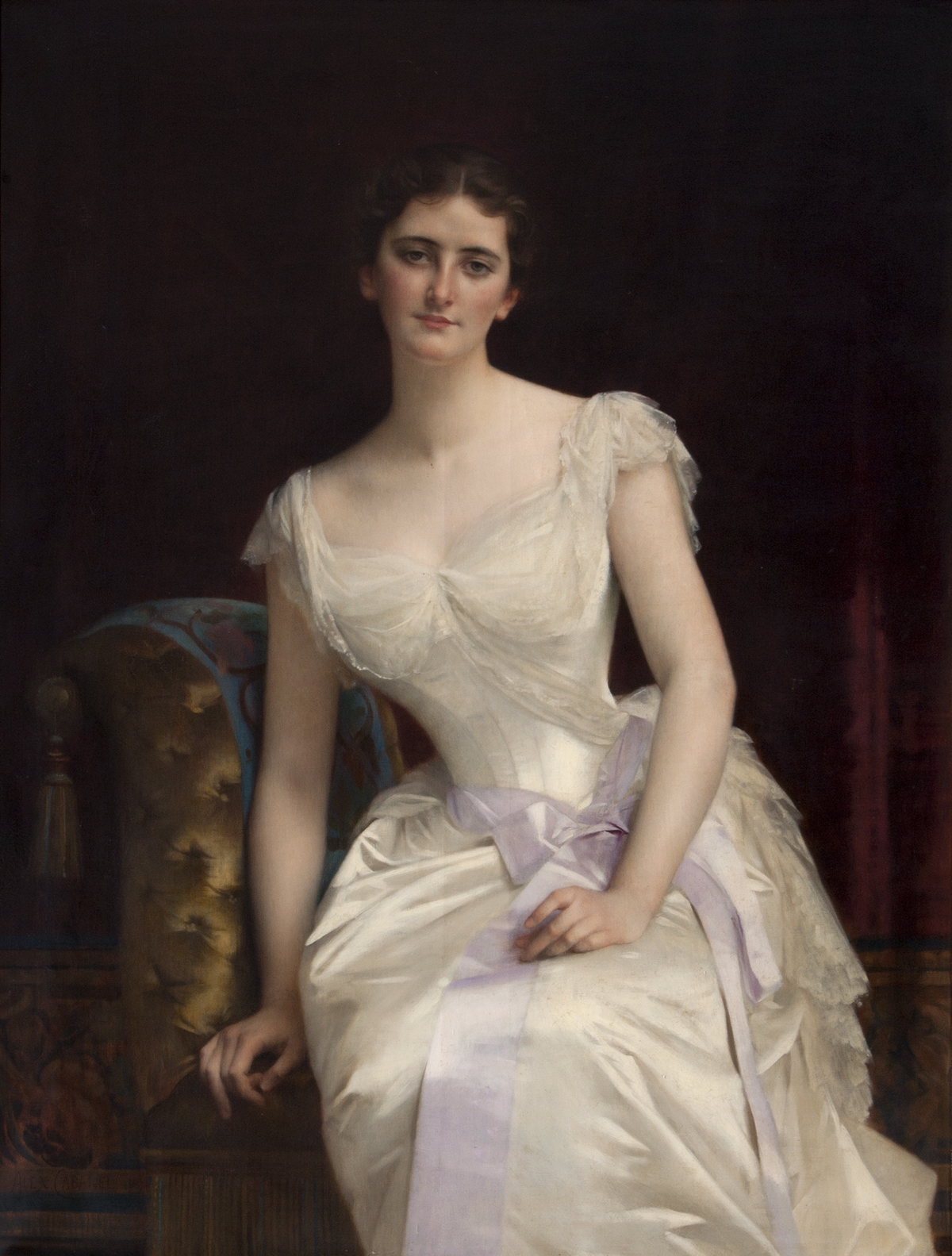 Diana left her husband but Sir Oswald would not leave his wife. Quite suddenly, Cynthia died in 1933 of peritonitis. While Mosley was devastated by the death of his wife, he soon started an affair with her younger sister Lady Alexandra Metcalfe.
Diana left her husband but Sir Oswald would not leave his wife. Quite suddenly, Cynthia died in 1933 of peritonitis. While Mosley was devastated by the death of his wife, he soon started an affair with her younger sister Lady Alexandra Metcalfe.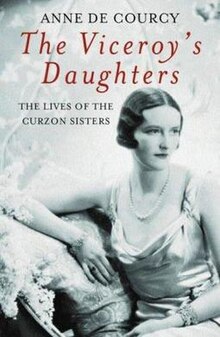
 Mercedes-Benz to chauffeur Diana to the Berlin Olympic games. She became well-acquainted with Winifred Wagner and Magda Goebbels.
Mercedes-Benz to chauffeur Diana to the Berlin Olympic games. She became well-acquainted with Winifred Wagner and Magda Goebbels.
 Adolf Hitler was reportedly the sole guest. The marriage was kept secret until the birth of their first child in 1938. In August 1939, Hitler told Diana over lunch that war was inevitable. Mosley and Diana had two sons: (Oswald) Alexander Mosley (born 26 November 1938) and Max Rufus Mosley
Adolf Hitler was reportedly the sole guest. The marriage was kept secret until the birth of their first child in 1938. In August 1939, Hitler told Diana over lunch that war was inevitable. Mosley and Diana had two sons: (Oswald) Alexander Mosley (born 26 November 1938) and Max Rufus Mosley (born 13 April 1940), president of the Fédération Internationale de l'Automobile (FIA) for 16 years. Hitler presented the couple with a silver framed picture of himself. The Mosleys were interned during much of World War II, under Defence Regulation 18B along with other British fascists including Norah Elam.
(born 13 April 1940), president of the Fédération Internationale de l'Automobile (FIA) for 16 years. Hitler presented the couple with a silver framed picture of himself. The Mosleys were interned during much of World War II, under Defence Regulation 18B along with other British fascists including Norah Elam.
 The pair were initially held separately but, after personal intervention by Churchill, in December 1941 Mosley and two other 18B husbands (one of them Mosley's friend Captain H.W. Luttman-Johnson) were permitted to join their wives at Holloway. After more than three years' imprisonment, they were both released in November 1943 on the grounds of Mosley's ill health; they were placed under house arrest until the end of the war and were denied passports until 1947.[
The pair were initially held separately but, after personal intervention by Churchill, in December 1941 Mosley and two other 18B husbands (one of them Mosley's friend Captain H.W. Luttman-Johnson) were permitted to join their wives at Holloway. After more than three years' imprisonment, they were both released in November 1943 on the grounds of Mosley's ill health; they were placed under house arrest until the end of the war and were denied passports until 1947.[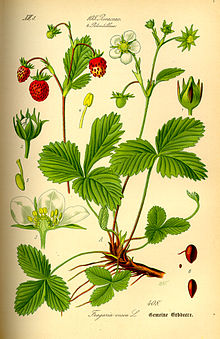 that tasted as good as those she had cultivated in the prison garden. Though prison was not something she would have chosen, she said, "It was still lovely to wake up in the morning and feel that one was lovely," when she compared her lot to the other women incarcerated at Holloway (Oswald Mosley later mentioned this to Diana's sister Nancy, who in turn included the line in her novel, Love in a Cold Climate).
that tasted as good as those she had cultivated in the prison garden. Though prison was not something she would have chosen, she said, "It was still lovely to wake up in the morning and feel that one was lovely," when she compared her lot to the other women incarcerated at Holloway (Oswald Mosley later mentioned this to Diana's sister Nancy, who in turn included the line in her novel, Love in a Cold Climate). According to her obituary in the Daily Telegraph a diamond swastika was among her jewels
According to her obituary in the Daily Telegraph a diamond swastika was among her jewels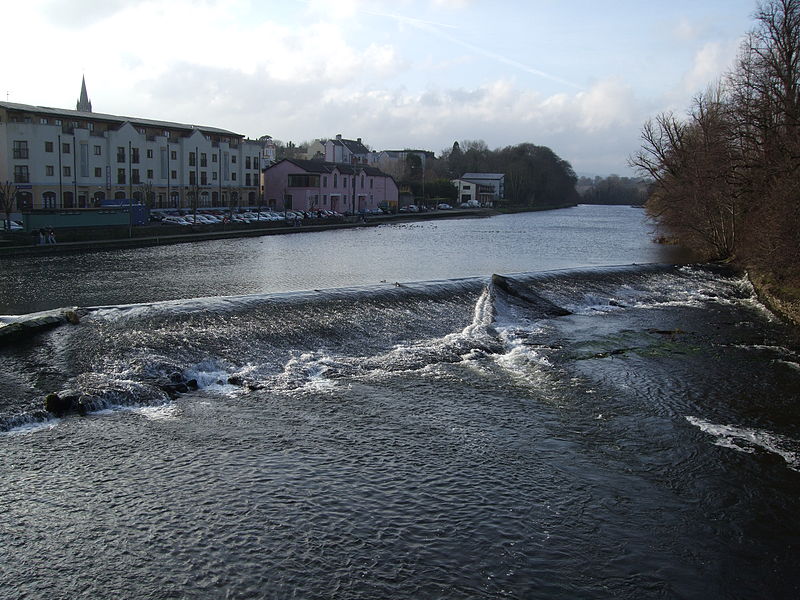 County Cork, later settling permanently in France, at Orsay.
County Cork, later settling permanently in France, at Orsay.  They were neighbours of Duke and Duchess of Windsor, and soon became close friends with them. The Duchess of Windsor, upon seeing the Temple de la Gloire for the first time, was said to have remarked, "Oh, it's charming, charming but where do you live?"
They were neighbours of Duke and Duchess of Windsor, and soon became close friends with them. The Duchess of Windsor, upon seeing the Temple de la Gloire for the first time, was said to have remarked, "Oh, it's charming, charming but where do you live?"

 , and She also edited several of her husband's books.
, and She also edited several of her husband's books.


 and a grandson, Tom Guinness, are models.
and a grandson, Tom Guinness, are models. 
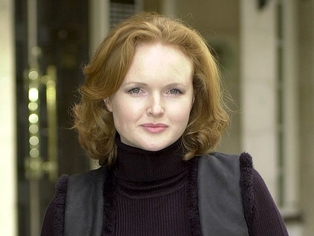




 n
n
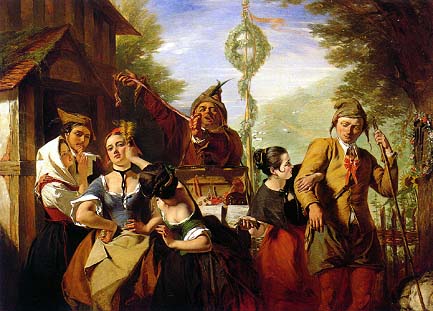

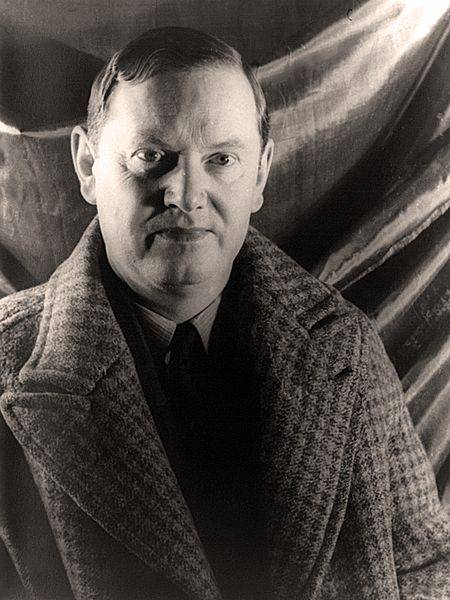 We are left with an image of the writer as intolerant, snobbish and sadistic, with pronounced fascist leanings.
We are left with an image of the writer as intolerant, snobbish and sadistic, with pronounced fascist leanings. His canonbury home
His canonbury home perhaps most notably, for Gulliver's Travels) and mural and trompe l'oeil painting. He was commissioned to produced posters and illustrations for Shell Petroleum and the
perhaps most notably, for Gulliver's Travels) and mural and trompe l'oeil painting. He was commissioned to produced posters and illustrations for Shell Petroleum and the  Radio Times. He also made designs for Wedgwood china based on drawings he made of the Devon
Radio Times. He also made designs for Wedgwood china based on drawings he made of the Devon  village of Clovelly. Whistler's elegance and wit ensured his success as a portrait artist among the fashionable and he painted many members of London society,
village of Clovelly. Whistler's elegance and wit ensured his success as a portrait artist among the fashionable and he painted many members of London society, including Edith Sitwell, and cecil beaton
including Edith Sitwell, and cecil beaton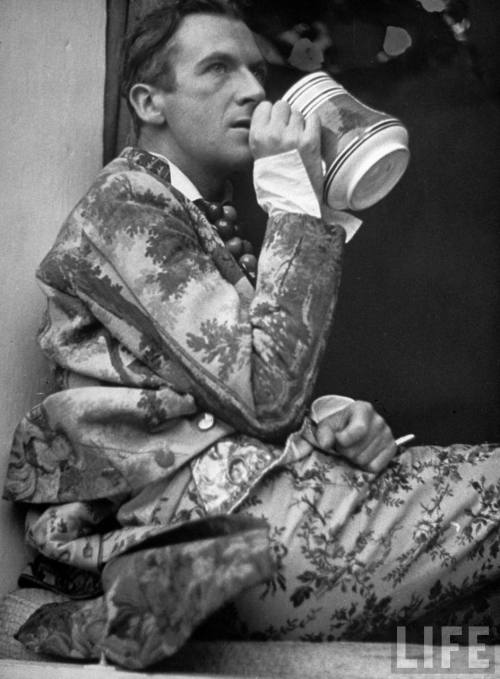
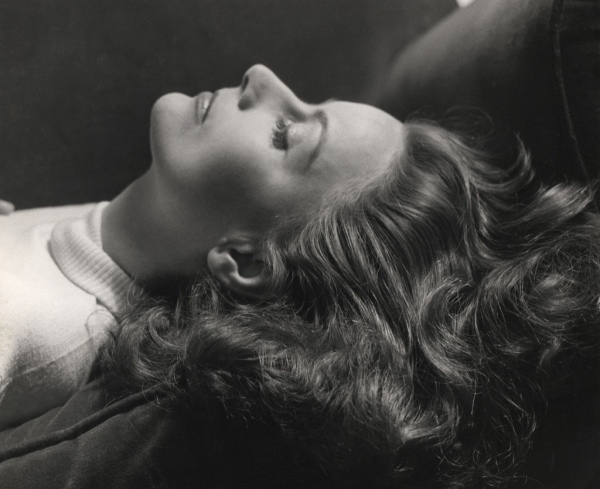
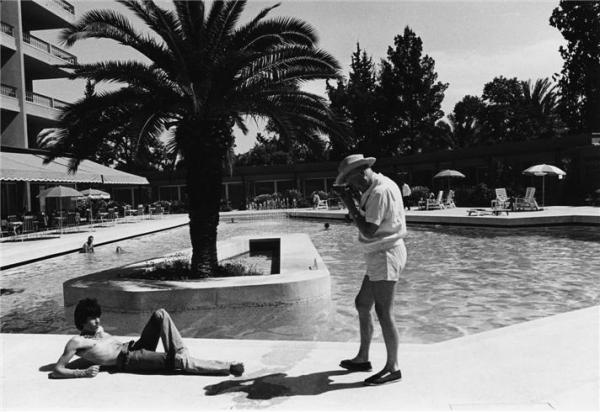 Mario Testino, who has captured modern society and fashion as variously as Beaton did, speaks for many when he says: “He marked his period as if he were the only photographer around.” Another of today’s most celebrated fashion photographers, Nick Knight, praises his work “for its grace and elegance. From the touching and funny pictures of his sisters and the delicately fragile poses of his photographs of society beauties, as if they were made of porcelain, to the memorable wartime images, he was always sensitive and poetic.”So, what was the essence of Beatonism? He was a born outsider; posh but not quite posh enough – his family’s wealth was based on trade.
Mario Testino, who has captured modern society and fashion as variously as Beaton did, speaks for many when he says: “He marked his period as if he were the only photographer around.” Another of today’s most celebrated fashion photographers, Nick Knight, praises his work “for its grace and elegance. From the touching and funny pictures of his sisters and the delicately fragile poses of his photographs of society beauties, as if they were made of porcelain, to the memorable wartime images, he was always sensitive and poetic.”So, what was the essence of Beatonism? He was a born outsider; posh but not quite posh enough – his family’s wealth was based on trade. 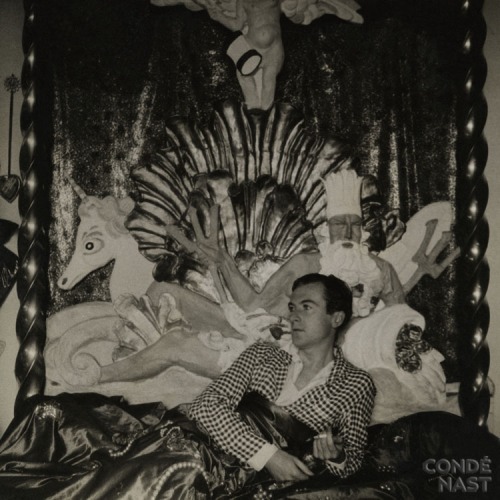 Well educated – but at Harrow, not Eton. Cambridge, not Oxford. Clever but not intellectual. Good-looking but not quite handsome. He just failed to make the grade in those things that he considered mattered. Vain – he had his clothes made one size too small to flatter his already slim figure – but never glamorous, despite an international lifestyle that brought him into contact with everyone who “mattered” for more than 50 years.
Well educated – but at Harrow, not Eton. Cambridge, not Oxford. Clever but not intellectual. Good-looking but not quite handsome. He just failed to make the grade in those things that he considered mattered. Vain – he had his clothes made one size too small to flatter his already slim figure – but never glamorous, despite an international lifestyle that brought him into contact with everyone who “mattered” for more than 50 years.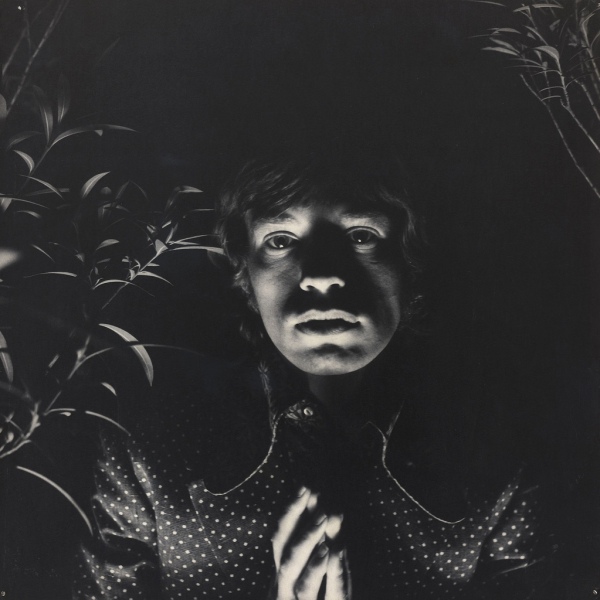
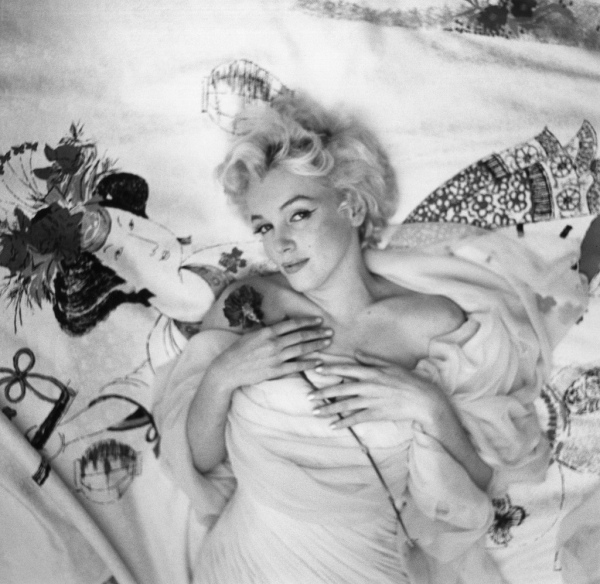 ”By the mid 1930s, Beaton had arrived. His work was in great demand and although not especially technically adept, had begun to build up a portfolio that stands today as a sophisticated and elegant record of the interwar years. Although no Brassai or Cartier-Bresson. He appeared to be a friend of both, although that did not stop him saying of the Duchess after the Duke’s death: “What will happen to her is of no interest. She should live at the Ritz, deaf and a bit gaga.” No sentiment with Cecil once people had outgrown their usefulness.
”By the mid 1930s, Beaton had arrived. His work was in great demand and although not especially technically adept, had begun to build up a portfolio that stands today as a sophisticated and elegant record of the interwar years. Although no Brassai or Cartier-Bresson. He appeared to be a friend of both, although that did not stop him saying of the Duchess after the Duke’s death: “What will happen to her is of no interest. She should live at the Ritz, deaf and a bit gaga.” No sentiment with Cecil once people had outgrown their usefulness.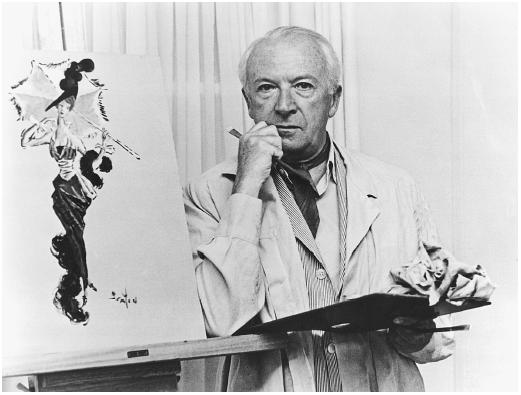 The Queen fared little better: “She would make an extremely good hospital nurse or nanny.These are cruel comments by any standards, especially since the Royal Family had been so helpful to his ascent. The young pansy had, only too clearly, become the vitriolic old queen, who found it difficult to acknowledge loyalty or allegiance to anyone.
The Queen fared little better: “She would make an extremely good hospital nurse or nanny.These are cruel comments by any standards, especially since the Royal Family had been so helpful to his ascent. The young pansy had, only too clearly, become the vitriolic old queen, who found it difficult to acknowledge loyalty or allegiance to anyone.
 and Dorneywood
and Dorneywood  amongst others, show his outstanding talent in this genre. During his time at Plas Newydd he may well have become the lover of
amongst others, show his outstanding talent in this genre. During his time at Plas Newydd he may well have become the lover of  the daughter of the 6th Marquess of Anglesey, the owner of the house who had commissioned him to undertake the decorative scheme. Whistler and Lady Caroline Paget are known to
the daughter of the 6th Marquess of Anglesey, the owner of the house who had commissioned him to undertake the decorative scheme. Whistler and Lady Caroline Paget are known to have become very close friends and he painted numerous portraits of her, including a startling nude. Whether this painting was actually posed for or whether it was how Rex imagined her naked is a matter of debate.
have become very close friends and he painted numerous portraits of her, including a startling nude. Whether this painting was actually posed for or whether it was how Rex imagined her naked is a matter of debate.
 Anglesey, have recently been added to the collection of items relating to the life and work of artist Rex Whistler at Plas Newydd.
Anglesey, have recently been added to the collection of items relating to the life and work of artist Rex Whistler at Plas Newydd.
 and an 18 metre wide masterpiece covering an entire wall in the dining room.
and an 18 metre wide masterpiece covering an entire wall in the dining room.


 Again, this is subtly reflected in much of his work.”His most noted work during the early part of his career was for the Cafe at the Tate Gallery completed in 1927 when he was only 22.
Again, this is subtly reflected in much of his work.”His most noted work during the early part of his career was for the Cafe at the Tate Gallery completed in 1927 when he was only 22. 


 Among the many works of art produced by Rex Whistler during his time in the forces was a fine pencil portrait of Sergeant Sherlock.
Among the many works of art produced by Rex Whistler during his time in the forces was a fine pencil portrait of Sergeant Sherlock.